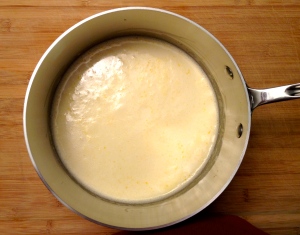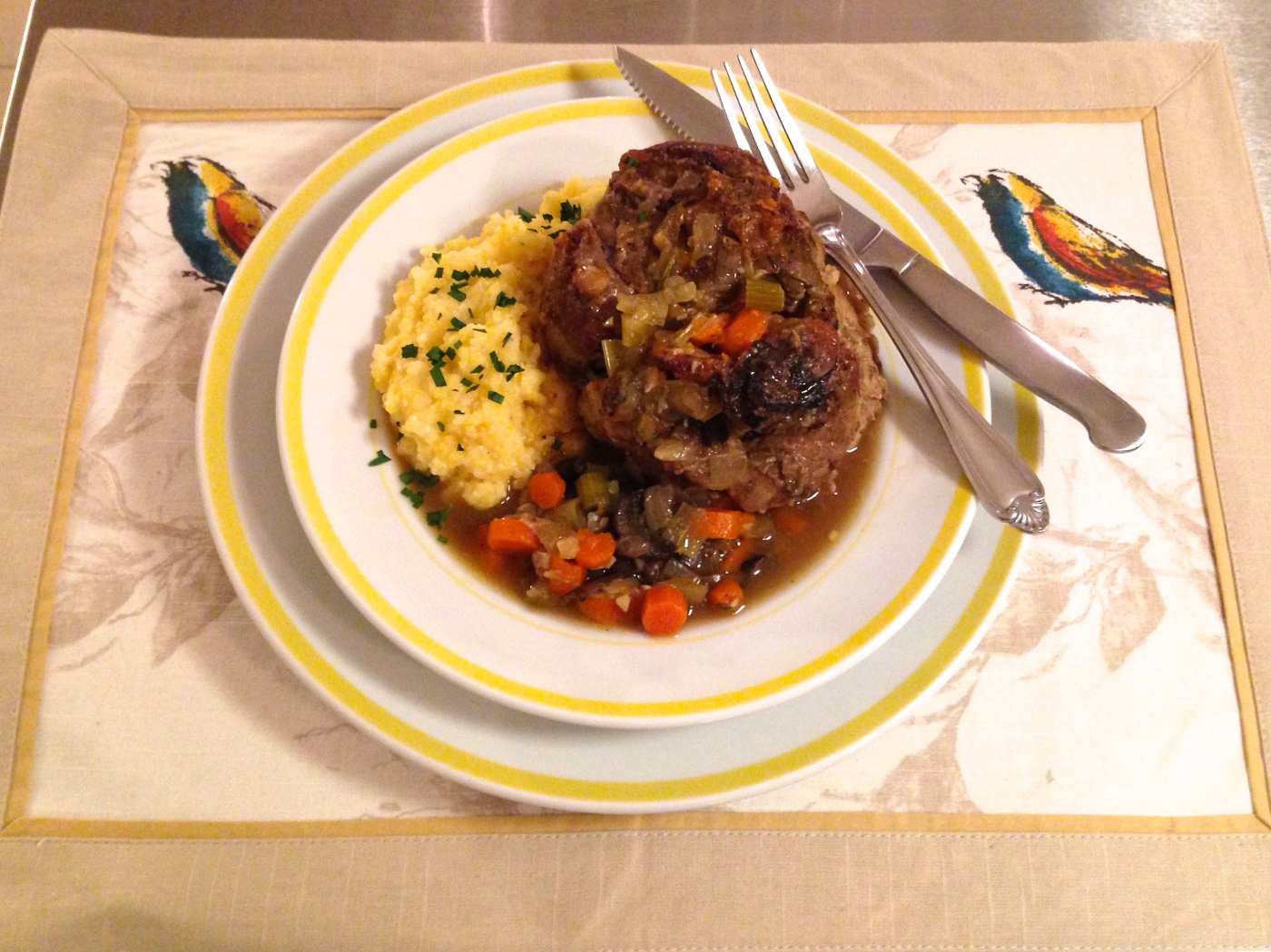I decided to attempt another dessert for this week’s post. (God forbid I post another kind of soup!) This blog was seriously lacking in sweets, and what is a more classic summer treat than ice cream? Not only is there a considerable amount of history behind the origins and evolution of ice cream, but there is also some awesome science behind how it is made as well.
In all fairness to my love of soup, though, for most of my childhood, I used to drive my step-dad crazy by mashing and stirring my ice cream into a melted, soupy mess. He always preferred his ice cream to be so rock-hard that it was nearly impossible to even scoop out of the container. I suppose you could say that I finally grew out of playing with my food. Although, I consider this food blog nothing more than a formal examination of how people throughout history have played with food and created time-tested favorite dishes and masterpieces.
Anyhow, here’s your food lesson for the week:
The speculated origin for ice cream is China, but the actual time period is a bit fuzzy. Of course, numerous myths surrounding the origin of ice cream muddy the waters even further. As with most mainstream foods today, ice cream began as a nearly unattainable food item for only the wealthy and royal.
The biggest challenge to the spread of ice cream recipes and, therefore, its popularity, was the ability to obtain ice and then preserve it. Special icehouses were created to store ice that was collected from bodies of water and areas of high elevation during colder seasons. Here, they were stored within layers of straw and other crude, naturally occurring insulation, where the ice would usually remain frozen throughout the warmer seasons, preserving perishable food and serving as a way for people to cool drinks or make frozen treats.1
As global travel and exploration spread, so did cultural and religious beliefs. Along major trade routes, various ingredients and culinary methods and traditions followed as well.
A man in Naples, Italy, named Antonio Latini (1642–1692) was the first person to record a recipe for sorbetto (or, as we know it, sorbet). He is also credited by many food historians as the creator of a milk-based sorbet, which is considered the first “official” ice cream.2
Eventually, nested containers were used to freeze the custard, yet keep it contained away from the ice. Rock salt became an integral part of this process as well. Why? It has a funny way of lowering the freezing point of water. Salt is used in the outer chamber of these ice cream makers to cause chemical reactions, which melt the ice and freeze the custard.3 The warmer cream mixture essentially gives up its energy (heat) causing it to slowly freeze. The ice absorbs this heat energy via an endothermic reaction, causing it to melt. Thank you for the ice cream, science!
After arriving in the Americas (with its first mention in the 1700s), ice cream caught on with presidents and aristocracy alike.4 Industrialization eventually blessed us with reliable methods of refrigeration, which allowed the masses to enjoy this creamy, refreshing treat. Americans took it and ran, creating all manners of ice cream including sundaes, cones, sandwiches, ice cream sodas, baked Alaska, and the list goes on and on.
In this recipe, I used raw honey, grass-fed dairy products, and quality cinnamon to infuse the custard with lots of warm, rich flavors.
Honey-Cinnamon Ice Cream
(from Epicurious.com)
- 2 cups milk
- 2 cups heavy cream
- 1 cinnamon stick, 2 inches long
- 8 egg yolks
- ¾ cup honey
- 2 tablespoons sugar
- ½ teaspoon ground cinnamon
- ¼ teaspoon kosher salt
Combine the milk and cream in a saucepan. Break up the cinnamon stick into several small pieces, and add it to the pan. Over medium-high heat, scald the milk mixture (bubbles will form around the edge of the mixture, but you don’t want it to boil). Remove the pan from the heat and allow the cinnamon to steep in the dairy mixture for about an hour.
Meanwhile, in a bowl, whisk the egg yolks until well blended, then whisk in the honey, sugar, and ground cinnamon. After these ingredients are combined, return the milk mixture to the stove. Over medium-high heat, scald it again.
Slowly add the hot milk mixture to the egg mixture small amounts at a time, while whisking constantly. Once both of these mixtures have been incorporated, return the entire mixture to the saucepan over medium heat once more. Cook for approximately 6 to 8 minutes while stirring constantly with a wooden spoon. At first, it will seem thin, but then it will steam and immediately thicken. When it coats the back of the spoon, it is done. Remove the pan from the heat and strain through a fine mesh sieve into an airtight container. Mix in the salt, then cover and refrigerate for at least 2 hours, or until it is cold.
Churn the cold mixture in an ice cream maker according to the appliance’s directions. Once it is finished churning, place the ice cream in the freezer for at least two hours so that it can ripen and the flavors can develop further.
Sources:
-
Theobald, Mary. (Spring 2010). Some Cold, Hard Historical Facts about Good Old Ice Cream. Colonial Williamsburg Journal. Retrieved from http://www.history.org/foundation/journal/spring10/icecream.cfm
-
Avey, Tori. (2012, July 10). Explore the Delicious History of Ice Cream. The History Kitchen. Retrieved from http://www.pbs.org/food/the-history-kitchen/explore-the-delicious-history-of-ice-cream/
-
Endothermic Ice Cream (2009, September 23). Cenco Physics (Weblog). Retrieved from http://blog.cencophysics.com/2009/09/endothermic-ice-cream/
-
Olver, Lynne. (2004). Food Timeline FAQs: ice cream and ice. The Food Timeline. Retrieved from http://www.foodtimeline.org/foodicecream.html



















































